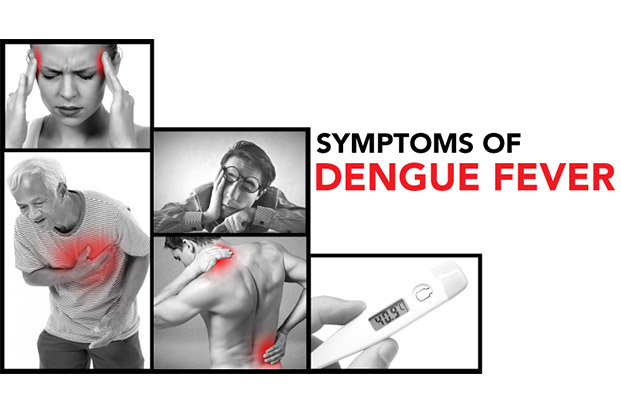Dengue Fever
Apr 19, 2022
Dengue is the arthropod borne, most common flair virus disease worldwide with 50-100 million infections occurring every year. On account of its higher lethality particularly when associated with multiorgan failure- in case of Dengue haemorrhagic fever and dengue shock syndrome- it is considered as very important and dreadful disease among people worldwide.

Aetilogy(Causes) of Dengue Fever
All 1-4 Strains of Dengue virus have Aedesaegypti as their principal vector. Large areas of the world have become vulnerable to the introduction of dengue viruses on account of increasing breeding of mosquitoes throughout the tropics and sub tropics and on account of inter nations travel of infected humans.
The range of a lesser dengue virus vector, Aedesalbopictus are also becoming common and new extends have been reported from Asia to the United States, the Indian Ocean, parts of Europe and Hawai.
AedesAegypti typically breeds near human habitation using relatively fresh water sources such as water jars, vases, discarded containers, coconut, husks and old tires. The mosquito usually inhabits dwellings and bites during the day.
Symptoms of Dengue Fever
Dengue begins after an incubation period averaging 4-7 days, when the typical patient experiences the sudden onset of fever, frontal headache, retro orbital pain, and back pain along with severe myalgia. These symptoms give rise to the colloquial designation of dengue as break bone fever often transient macular rash adenopathy, palatal vesicles, scleral injection appear in first day.
The illness may last a week, with additional symptoms and clinical signs usually including anorexia, nausea, vomiting, and marked cutaneous hyper sensitivity. After 3-5 days, a maculopapapular rash may begin on the trunk and spread to the extremities and face. Epistaxis and scattered petechiae are often noted in uncomplicated dengue and pre existing gastrointestinal lesion may bleed during acute illness.
Dengue haemorrhagic fever & shock syndrome is a constellation of findings based on vascular instability and decreased vascular integrity. As assault, direct or indirect, on the microvasculature leads to increased permeability and (when platelet count and function is decreased) to actual disruption and local haemorrhage (a positive tourniquet sign), lodd pressure is decreased and in severe cases, shock supervenes cutaneous flushing and conjunctival suffusion occurs. In Most patients, haemorrahage is an indication of widespread vascular damage rather than a life threatening loss of blood volume.
In some dengue hemorrhagic fever , specific organs may be particularly impaired. For instance kidney are the primary target in haemorragic fever in renal shutdown and renal syndrome. Increased Ast a d haemoconcentration is the frequent finding in DHT. When shock supervenes, encephalopathy coma, seizures, are all poor prognostic signs.
In case of dengue haemorrhagic fever mortality rates are 10-20%. If Dengue shock syndrome develops, mortality rate can reach 40%.
Treatments and measures for Dengue Fever:
Early recognition DHF is important for specific and supportive measures. Such measures include prompt response , a traumatic hospitalization judicious fluid therapy that takes into account the patient’s increased capillary permeability administration of cardiotonic drugs ; use of pressors to maintain blood pressures at level that uril support renal perfusion; treatment of the common secondary bacterial infections; replacement of clotting factors and platelets as indicated. DIC should betreated only if clear lab evidence of its existence is found. Most patient with shock respond promptly to close monitoring, oxygen administration, and infusion of crystalloid and colloids. In experienced centre with good supportive team, the mortality is as low as 1%.
The key to control of both Dengue and severe dengue is the control of aegypti which also reduces risk of urban yellow fever and chikangunya virus circulation.
Control efforts have been handicapped by the presence of non degradable tires and plastic containers in trash repositories (perfect mosquitoes breeding grounds when filled with water during rain fall ) and by insecticide resistance.
Urban poverty and an inability of the public health community to mobilize the populace to respond to the need to eliminate mosquito breeding sites are also factors in lack of mosquito control.
Diagnosis of Dengue Fever
Lab Reports- Lab finding includes
- Leucopenia
- Thrombocytopenia
- AST, ALT
Vaccine for Dengue
A tetravalent live attenuated denguevaccine based on the attenuated yellow fever. Virus 17D platform is currently being evaluated in phase 3 clinical trial in Latin America. At least two other live attenuated candidate vaccines based on the modified recombinant dengue viruses have been evaluated in phase 1 clinical studies but the results have not been promising.









